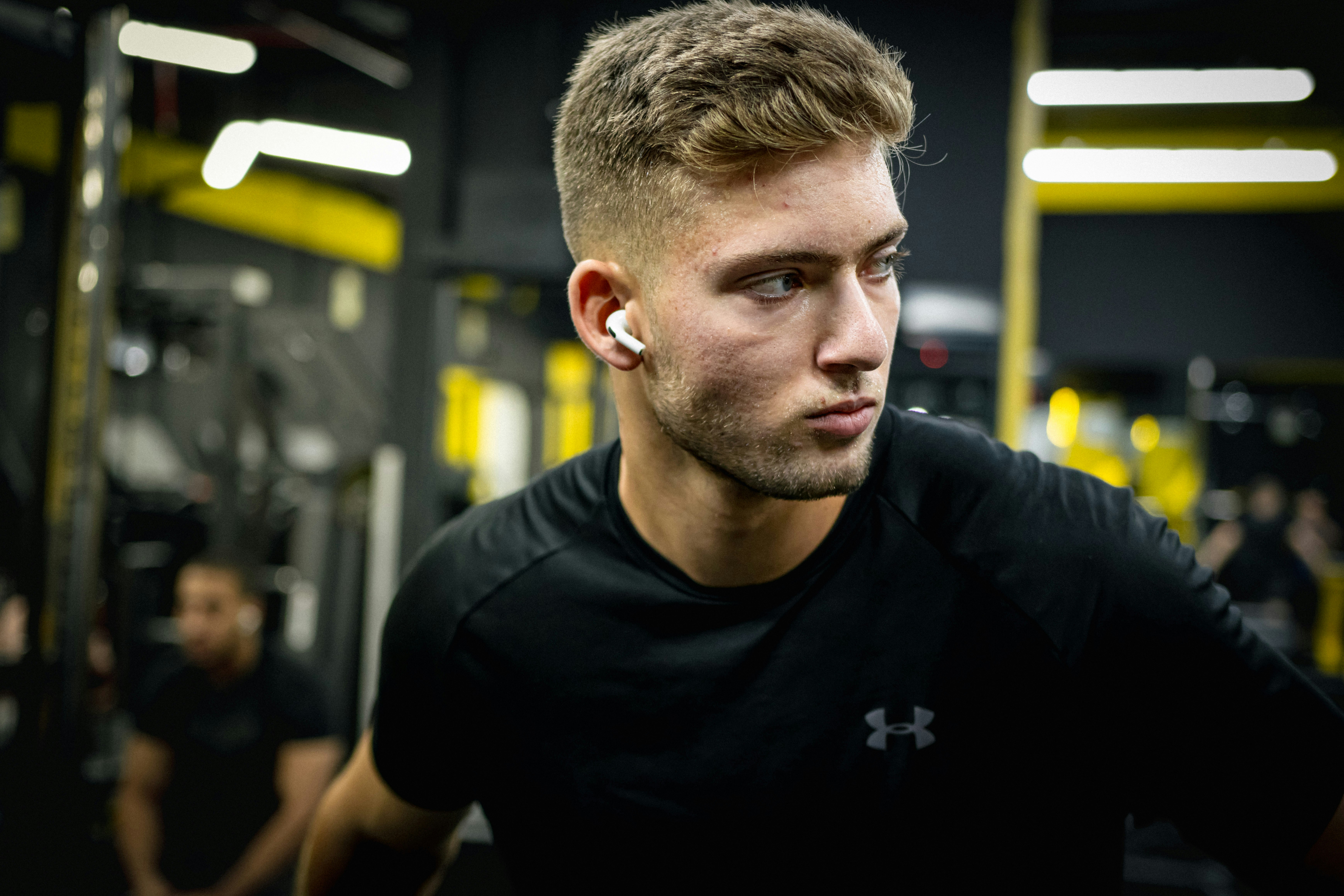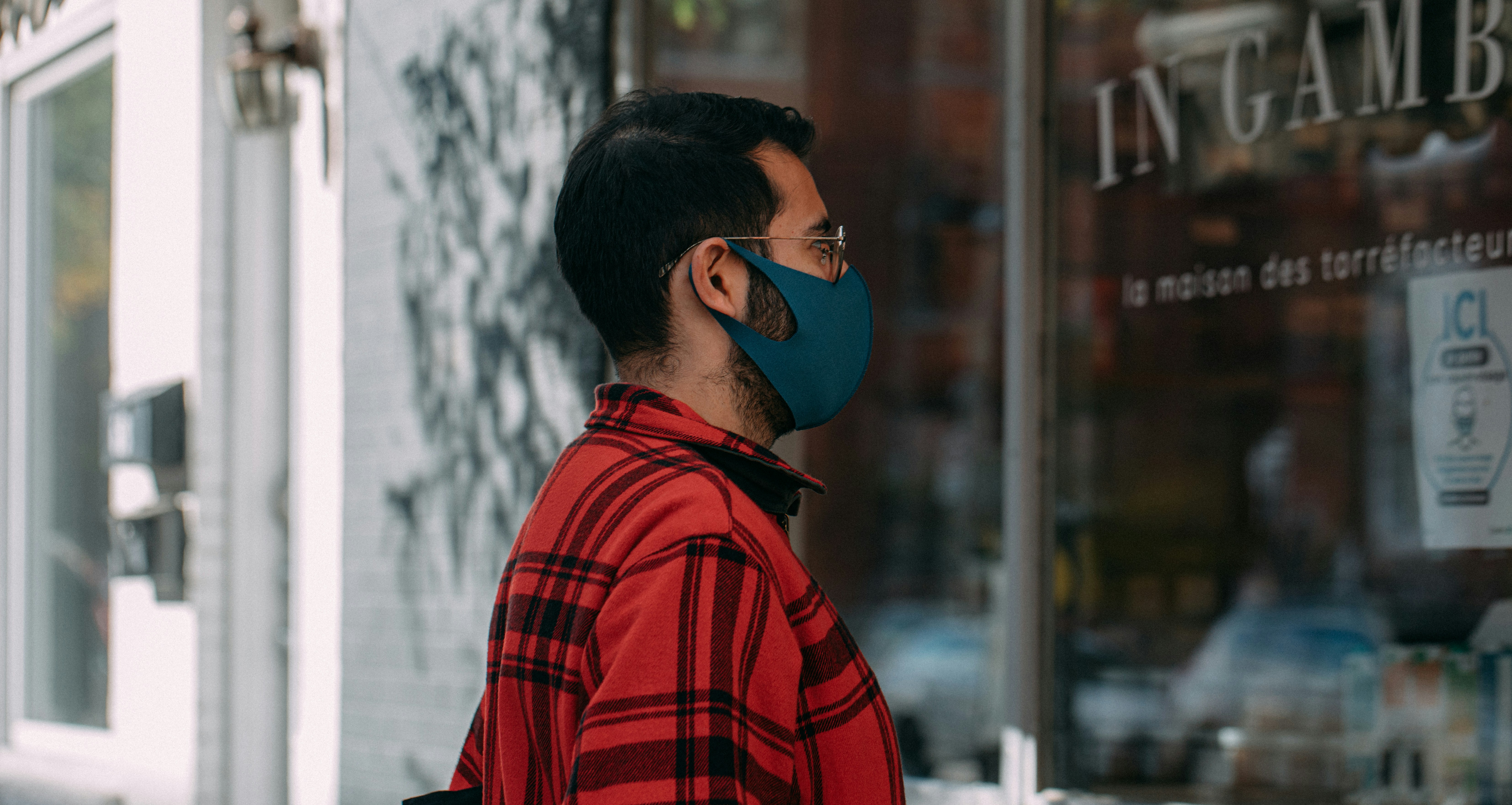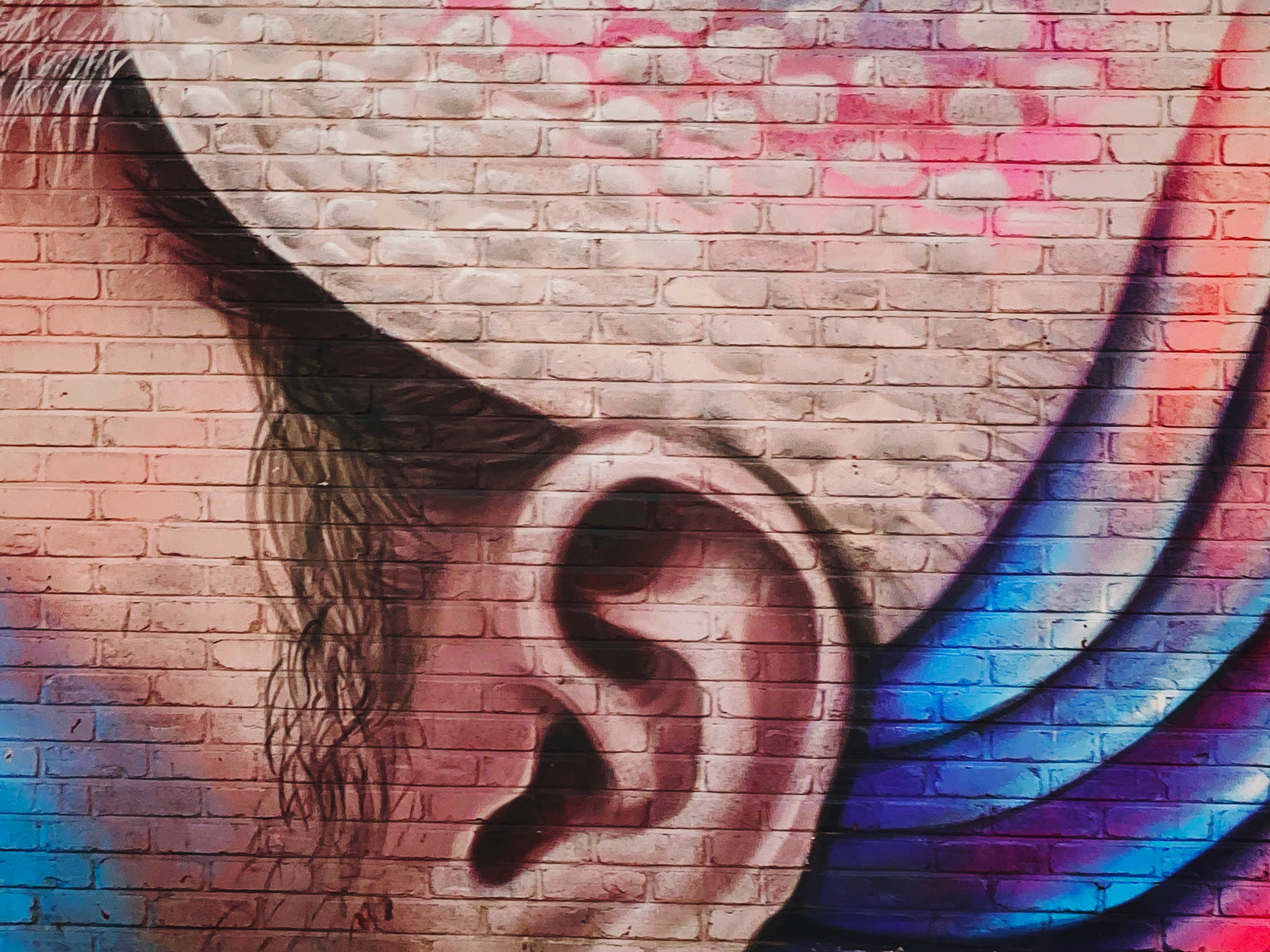If your phone can count steps, it can count sound. Treat noise like calories: you have a daily budget. Spend it wisely and your ears last a lifetime. Ignore it and the bill comes due as ringing, muffled hearing, and extra effort in every conversation.
What a "dB Budget" Actually Means
Noise-induced hearing loss isn’t just from rock concerts. It’s the cumulative dose of sound across your day—commute, gym, power tools, earbuds, even loud restaurants. The key number most hearing experts use is 85 dB A-weighted (dBA) averaged over 8 hours. That’s the exposure limit recommended by NIOSH for occupational safety; lower is always better for long-term hearing health.
Think of 85 dBA as your full-day “allowance.” Because decibels are logarithmic, every 3 dB increase halves your safe time.
- 85 dBA: ~8 hours
- 88 dBA: ~4 hours
- 91 dBA: ~2 hours
- 94 dBA: ~1 hour
- 97 dBA: ~30 minutes
- 100 dBA: ~15 minutes
A-weighted (dBA) roughly matches human hearing sensitivity. In plain terms: the louder it is, the faster your budget burns.
Two numbers that matter: average and peaks
- Average (LAeq): Your dose over time. This is the “daily budget” piece.
- Peaks (very short, impulse sounds): Gunshots, hammer strikes, fireworks, or even a slamming metal lid can spike dangerously. NIOSH sets a peak ceiling of 140 dB (C-weighted). Peaks matter because even brief hits can injure.
Quick Reality Check: How Loud Is Your Day?
Approximate real-world levels (they vary by distance, room, and device):
- Quiet office or home: 40–60 dBA
- Normal conversation: ~60–65 dBA
- Busy traffic/commute: 70–85 dBA
- Restaurant/bar: 70–85+ dBA
- Hair dryer/blender: 85–95 dBA
- Lawn mower/leaf blower: 90–105 dBA
- Gym classes/indoor cycling: 90–100 dBA
- Movie theaters: 85–100 dBA
- Live music/sporting events: 100–110+ dBA
- Sirens up close: 110–120+ dB
It doesn’t take a stadium show to overspend your dB budget. A single hour around a 94 dBA activity can use the whole day’s allowance.
The Tools That Make This Easy
You don’t need lab gear—just your phone or watch.
- NIOSH Sound Level Meter (iOS): Respected, well-calibrated app that reports A-weighted levels and averages (LAeq).
- Apple Watch Noise app: Continuously samples your environment and alerts you to high levels.
- Good smartphone SLM apps (Android/iOS): Look for A-weighting, LAeq, and calibration options.
- Headphone exposure features: iOS and some Android phones estimate your weekly headphone dose and can limit volume.
Set up in 5 minutes
- Install a trusted sound level meter app. Enable microphone permissions.
- Hold your phone at chest height, mic unobstructed. Don’t cover the mic with your hand or case.
- Use A-weighting and slow integration or LAeq for a stable average.
- On Apple Watch, turn on Noise notifications and set alerts for 80–85 dB.
- Enable headphone safety features: volume limit and exposure notifications.
Perfection isn’t the goal. You’re building awareness so you can make simple, high-impact changes.
Build Your Personal Plan in 3 Moves
1) Track 1–3 days
Sample your commute, workspace, exercise, hobbies, and leisure. Note times you exceed 80–85 dBA or when peaks feel uncomfortable. Also check your phone’s “Headphone Audio Exposure” readout at the end of the day or week.
2) Find your hotspots
Typical culprits: open-office chatter with loud HVAC, fitness classes, workshops/yardwork, bars/restaurants, and road cycling in traffic. Headphones at high volume to cover background noise are another big source.
3) Cut the dose
You have three levers: lower the level, shorten the time, and protect your ears.
Reduce the level
- Increase distance: Even one extra meter can drop levels considerably.
- Choose quieter gear: Look for “quiet” power tools, lower-SPL hair dryers, and soft-close lids.
- Switch seats: Sit away from speakers at restaurants, gyms, and events.
- Use active noise cancelling (ANC) headphones in noise so you can listen at lower volumes.
- For musicians/instructors: ask to set a maximum master level; point speakers away from your ears.
Reduce the time
- Follow the 3 dB rule: if you must be at a noisy event, take quiet breaks every 30–60 minutes.
- Bundle loud chores: Do them once, then give your ears recovery time.
- Adopt “quiet commutes”: noise-isolating earbuds or earmuffs on trains, then limit headphone volume.
Wear protection when it counts
- Foam earplugs (NRR 25–33): Great for concerts, tools, yardwork. Roll, insert deep, hold as they expand.
- Flanged/reusable earplugs: Convenient for restaurants and gyms; look for certified NRR.
- Musicians’ filtered earplugs (custom or universal): Reduce volume more evenly so music and speech stay clear.
- Earmuffs: Easy on/off for shop work; combine with earplugs (“double protection”) in very loud environments. Double protection improves attenuation, but the benefit is not simply additive; expect roughly 5–10 dB extra when you wear both correctly.
Fit matters more than the number on the package. A poorly inserted plug can cut protection in half.
Headphones Can Be Safe—If You Use Them Smartly
- Use ANC in noisy places so you can listen at lower volumes.
- Prefer over-ear, closed-back headphones for better passive isolation.
- Set a volume limit in your phone. Aim for comfortable listening at or below 60% in quiet rooms.
- Watch your exposure stats (iOS and some Android devices). WHO-aligned settings target an average of 80 dB for up to 40 hours per week for adults.
- Adopt quiet rituals: morning news via speaker at low volume, not blasting earbuds; turn down car stereo and reduce road noise by closing windows on highways.
Remember: if someone an arm’s length away can hear your headphones clearly, they’re probably too loud.
Special Cases Worth Planning For
Parents and teens
- Enable volume limits and exposure monitoring on kids’ devices.
- Model the behavior: take earplugs to games and shows. Make it normal.
DIYers and yard warriors
- Leaf blowers, mowers, nail guns, saws—assume you need ear protection.
- Keep a dispenser of foam plugs with your tools. No plugs = no power tools.
Fitness lovers and instructors
- Ask instructors to keep music below 95 dBA; stand away from speakers.
- Bring filtered earplugs that keep beats punchy without the damage.
City riders and commuters
- Use noise-isolating tips under your helmet visor (where allowed) or wear low-profile plugs in heavy traffic.
- Keep one ear open for safety when required by law; lower your overall exposure in other parts of the day.
Common Myths That Sabotage Prevention
- “If it doesn’t hurt, it’s fine.” False. Damage can occur well below pain thresholds.
- “My ears get used to it.” That “getting used to it” is often early damage (temporary threshold shifts) and doesn’t confer protection.
- “Earplugs ruin the experience.” Quality filtered plugs preserve clarity; most people adjust within minutes.
When to Bring in the Pros
- Baseline hearing test: If you’re regularly in noise—or just curious—schedule a hearing evaluation with an audiologist. It’s prevention gold.
- After a loud event: If muffled hearing or ringing lasts more than a day, reach out to an audiologist or ENT to discuss next steps.
- Custom solutions: Musicians, riders, and industrial hobbyists benefit from custom earplugs or in-helmet monitors tuned to your needs.
Healthy ears fuel easier conversations, less listening fatigue, and a sharper life. Start with one measurement today, make one change this week, and watch your daily dB budget stretch further than you thought possible.
Further Reading
- Eat, Move, Hear: The Lifestyle Blueprint to Protect Your Ears (Lifestyle) - Pressure-Proof Your Ears: Prevent Barotrauma When You Fly, Drive High, or Dive (Prevention) - Your Daily Sound Diet: Noise Hygiene Habits That Protect Your Hearing (Without Becoming a Hermit) (Lifestyle) - Ototoxic Medications: Protect Your Hearing Without Compromising Treatment (Prevention)Frequently Asked Questions
Is 85 dB actually safe?
85 dBA is a widely used occupational limit for an 8-hour average, not a guarantee of zero risk. Below that level, risk drops; above it, risk rises quickly as every 3 dB halves safe time. Treat 85 dBA as a ceiling, not a target. For long-term hearing wellness, aim for the quietest practical levels and keep peaks in check.
Do ANC headphones protect my hearing?
Active noise cancelling doesn’t block harmful sound by itself, but it lowers background noise so you can listen at a safer volume. That’s the win. Combine ANC with moderate volume and good seal/isolation. For very loud environments (power tools, concerts), use earplugs or earmuffs; headphones alone aren’t hearing protection.
Can my ears recover after a loud night out?
Temporary muffled hearing and ringing (a temporary threshold shift) often improve over 16–24 hours, but repeated episodes add up and can lead to permanent changes. Give your ears quiet time afterward, avoid back-to-back loud events, and carry earplugs next time. If symptoms last more than a day, consult an audiologist or ENT.
What type of earplug should I buy?
For simplicity and high protection, foam plugs (NRR 25–33) are excellent—if inserted deeply and correctly. For music and conversation, filtered or musician’s plugs keep sound quality more natural while lowering volume. If you’re in noise often, consider custom-molded plugs from an audiologist for comfort and reliable attenuation.



